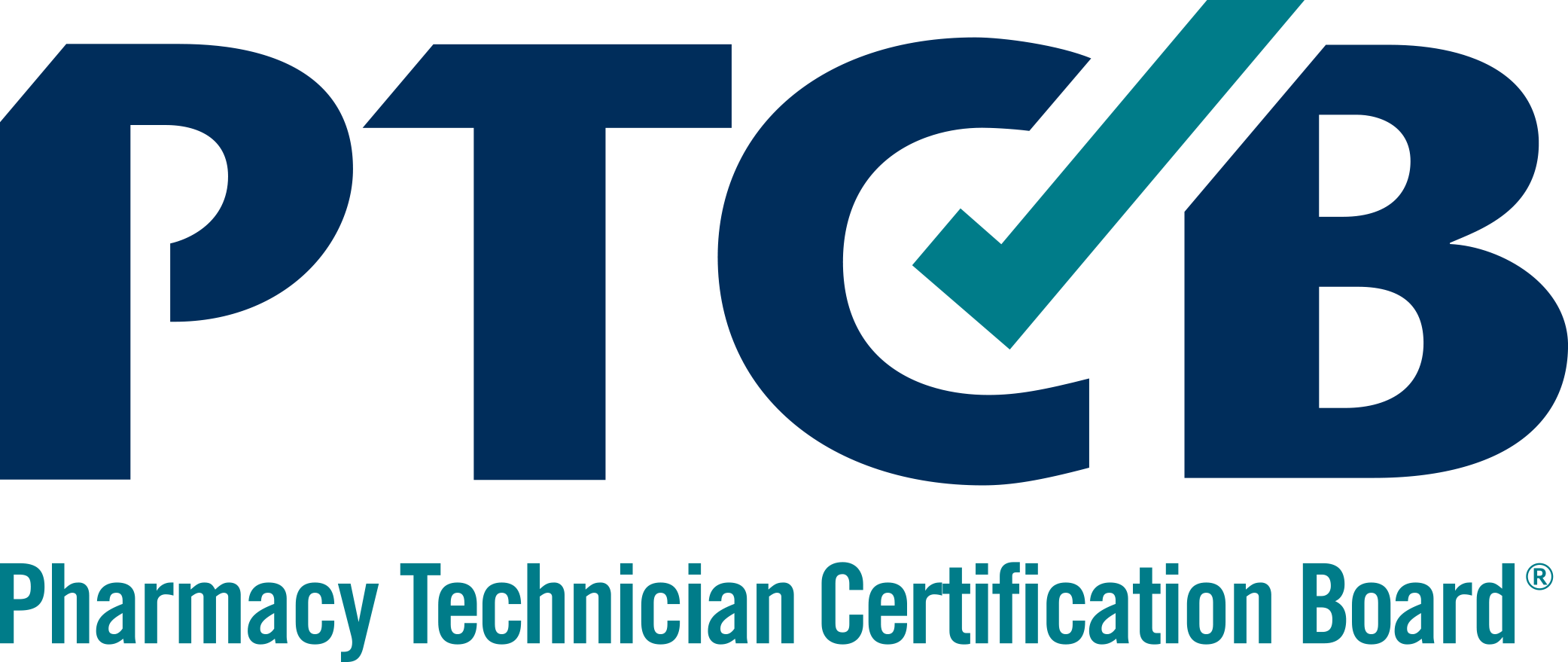- July 2025
- Volume 91
- Issue 7
Career Paths: The Key to Pharmacy Technician Advancement and Pharmacy Practice Evolution

Key Takeaways
- Pharmacy technicians are taking on expanded roles requiring advanced training, supported by structured career ladders for professional growth.
- Organizations benefit from career ladders through improved retention, operational efficiency, and succession planning, reducing recruitment and training costs.
Pharmacy technicians evolve into vital health care roles, enhancing patient care and operational efficiency through structured career advancement pathways.
The traditional view of pharmacy technicians as mere assistants to pharmacists is rapidly becoming outdated. Today’s pharmacy technicians are increasingly taking on expanded responsibilities and specialized roles that require advanced training and credentials. Structured career ladders provide the framework necessary to recognize these expanding roles while creating pathways for professional advancement.
Benefits to Pharmacy Organizations
Health care organizations implementing formal technician career ladders experience numerous benefits, including higher retention rates, enhanced pharmacy operations, and improved workforce development and succession planning.
When technicians see clear pathways for growth within their organization, they are more likely to invest in their current position rather than seeking opportunities elsewhere. This stability translates to reduced recruitment and training costs while preserving institutional knowledge. For instance, since introducing career ladders, Beth Israel Lahey Health has seen a significant decrease in turnover rate compared with previous years, as much as 30% to 40%, depending on the entity within the system.1
PTCB
The Pharmacy Technician Certification Board (PTCB) is the nation’s first, most trusted, and only nonprofit pharmacy technician credentialing organization. For more information, please visit ptcb.org.
Furthermore, advanced pharmacy technicians with specialized training can take on greater responsibilities, allowing for optimal workflow distribution. This task redistribution enables pharmacists to focus more on clinical services and direct patient care activities that require their unique expertise.
Finally, career ladders facilitate internal talent development and create natural progression paths for leadership roles. Organizations can identify and nurture high-potential technicians, preparing them for advanced positions and management opportunities. This internal pipeline of qualified candidates strengthens the entire pharmacy department.
Benefits to Individual Technicians
From the technician's perspective, career ladders provide many benefits. Formal recognition of advanced skills and responsibilities through titles, compensation, and expanded roles validates the technician’s contribution to the health care team. This recognition directly correlates with increased job satisfaction and professional fulfillment.
Additionally, well-defined career pathways give technicians visibility into the requirements for advancement and the steps needed to achieve their professional goals. This transparency empowers technicians to take control of their career development.
Career advancement also typically comes with commensurate compensation increases. Organizations with technician career ladders generally offer salary ranges that reflect the increased responsibility and specialized knowledge of advanced positions, providing financial motivation for continued growth.
Implementation Considerations
There are some key actions that pharmacy organizations looking to develop or enhance technician career ladders can take. These include the following:
• Define clear levels: Establish distinct technician levels with specific qualifications, responsibilities, and compensation ranges for each.
• Incorporate recognized credentials: Utilize nationally recognized certifications and certificates as objective competency measures for advancement.
• Provide educational support: Offer tuition assistance, continuing education opportunities, and scheduled training time to help technicians meet advancement requirements.
• Create specialty tracks: Develop specialized roles based on organizational needs, such as inventory management, compounding, informatics, or medication history specialists.
• Ensure leadership buy-in: Secure commitment from pharmacy leadership and organizational management to support the career path structure.
The Future of Pharmacy Practice
Perhaps most importantly, technician career ladders benefit patients with specialized, highly trained technicians, increased access to clinical care from the pharmacist, and continuity of care thanks to longer tenures. By implementing thoughtful advancement structures that recognize the growing capabilities of pharmacy technicians, organizations can improve operational efficiency, enhance staff satisfaction, and ultimately provide better patient care.
REFERENCE
Employer story: Bremo Pharmacy. Pharmacy Technician Certification Board. Accessed June 5, 2025. https://www.ptcb.org/employer-story-bremo-pharmacy
Articles in this issue
5 months ago
Product News for July 20255 months ago
Pharmacy Policy Updates for July 20255 months ago
OTC Case Studies: Family Planning5 months ago
Invest a Few Minutes in Inhaler CounselingNewsletter
Stay informed on drug updates, treatment guidelines, and pharmacy practice trends—subscribe to Pharmacy Times for weekly clinical insights.





















































































































































































































